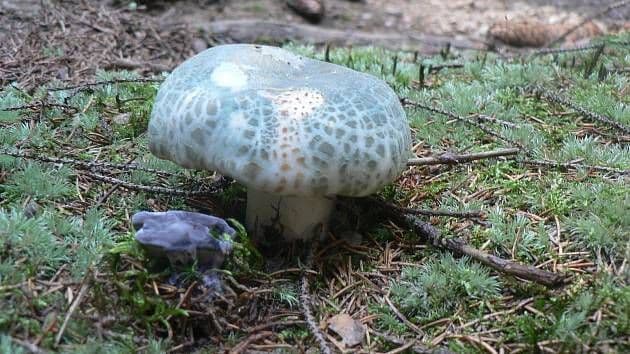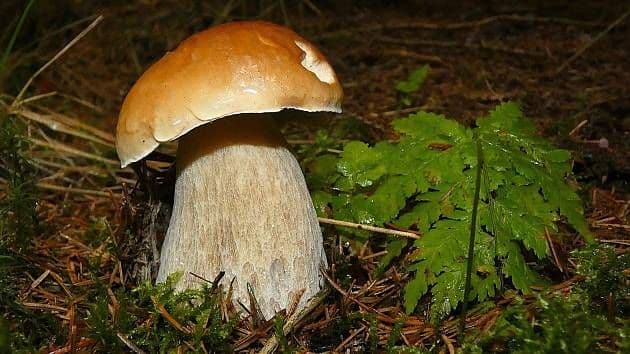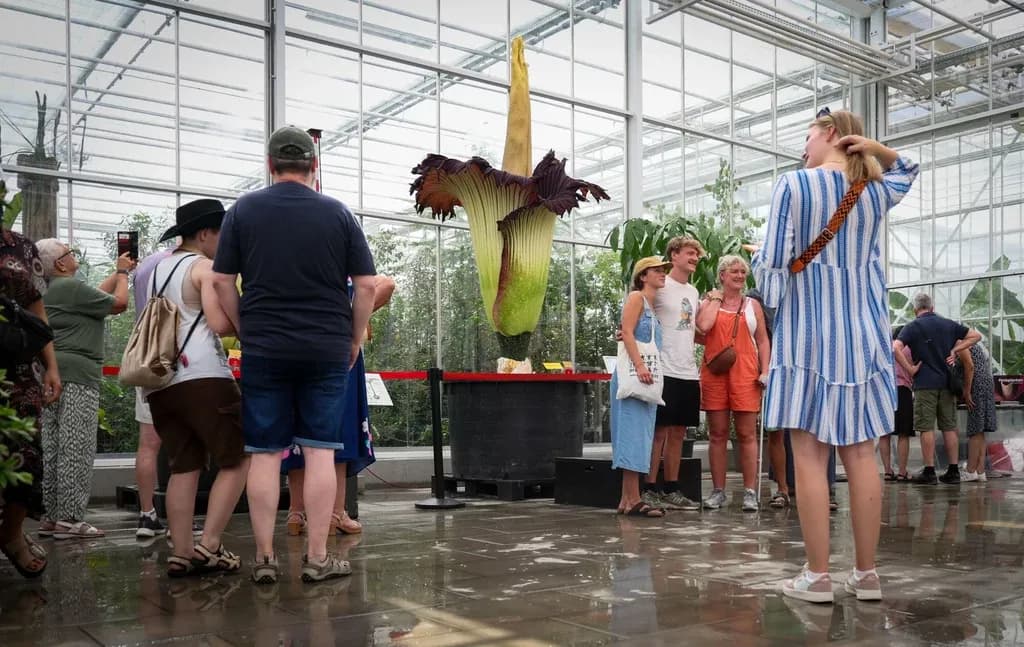Decoding the Forest Floor: A Forager's Journey Through Poland's Mushroom Seasons
Explore Poland's mushroom seasons like never before. Learn advanced foraging tips, understand forest ecosystems, and embrace sustainable practices for a rich, mindful fungi hunt.
Embracing the Call of the Wild: Why We Forage
There’s a primal tug that draws us into the quiet embrace of the forest, especially in , where the pursuit of 'grzyby' – wild mushrooms – is not merely a hobby but a cherished national pastime. It's an annual pilgrimage, a deep-rooted tradition passed down through generations, offering far more than just culinary delights. For many, the allure lies in the simple act of reconnecting with nature, stepping away from the relentless pace of modern life to engage in a mindful hunt. The anticipation itself is a significant part of the joy; as early as June, the first signs of netted boletes might appear, hinting at the bounty to come. By July, the golden caps of chanterelles begin to dot the forest floor, and the unique, ear-shaped Judas's Ear can be found on elder branches, signaling the true start of the season. This intimate dance with the changing seasons, the quiet rustle of leaves underfoot, and the thrill of discovery create a profound sense of peace and satisfaction that a trip to the supermarket simply cannot replicate. It’s a pursuit that grounds us, reminding us of our place within the vast, intricate tapestry of the natural world.
The Calendar of Caps: Seasonal Surges and Standouts
Understanding the rhythm of the forest is key to a successful mushroom hunt, as the appearance of specific species is profoundly influenced by weather and time of year. While June might offer an early glimpse of netted boletes, July truly ushers in the lighter, more delicate finds like chanterelles, their quantity heavily dependent on the interplay of high temperatures and sufficient rainfall. A fascinating early summer sight is the Judas's Ear, thriving on dead elder branches, particularly abundant after recent downpours in regions like . However, the true peak, the moment most Polish foragers eagerly await, arrives in mid-August. This period marks the grand emergence of the prized king boletes, the versatile bay boletes, and the earthy scaber stalks. As summer gracefully transitions into autumn, the forest floor transforms again, yielding an abundance of green knights and honey fungi, with the season generally extending its generosity until the end of October. This seasonal progression underscores the dynamic relationship between fungi and their environment, where a few days of calm, suitable weather can turn a seemingly barren patch into a thriving fungal haven, a testament to nature's remarkable resilience.
Mapping the Mycelial Maze: Finding Fungi Hotspots
Beyond knowing when to forage, the seasoned hunter understands where to look – a skill that transforms a casual stroll into a strategic exploration of the mycelial maze. While notes that regions like , , and often see earlier mushroom appearances, other areas, such as , may require more patience. Generally, the north of , particularly and , is renowned for its abundant summer yields, though the south, including , , and , also offers rich pickings, especially in the more humid, cooler climes of mountains and foothills. But it's not just about the region; it’s about the specific ecosystem. Butter boletes, for instance, are frequently found cozying up to pine trees, while scaber stalks prefer the diverse embrace of mixed and deciduous forests. Chanterelles, those elusive golden gems, often hide beneath moss and leaves in coniferous pine forests. King boletes, the crown jewels of the forest, can be found near spruces, pines, beeches, and oaks. Becoming adept at foraging means learning to read the forest, understanding the subtle clues that guide you to nature's hidden treasures.
The Forager's Ethos: Respecting the Roots, Ensuring Safety
A true forager's journey is guided by a deep respect for the forest and an unwavering commitment to safety. The most crucial rule, often reiterated by experienced mushroom pickers, is to never disturb the forest litter unnecessarily. This seemingly small act can have significant repercussions, potentially damaging the delicate, unseen mycelial networks that form the very foundation of fungal life and ensure future growth. A sustainable harvest means leaving the forest as you found it, allowing the ecosystem to thrive. Equally paramount is the imperative of identification. The forest, while generous, can also be treacherous. Certain edible species, like the popular parasol mushroom (czubajka kania), bear a striking, even deceptive, resemblance to deadly poisonous varieties such as the death cap. Therefore, absolute certainty is non-negotiable. Consulting reliable guides, cross-referencing with experienced foragers, or even seeking expert verification are not just recommendations but vital safety measures. Beyond identification, basic forest safety, like knowing how to avoid getting lost, is part of the forager's toolkit. This mindful approach ensures the well-being of both the hunter and the forest, securing bountiful harvests for generations to come.
Beyond the Basket: The True Riches of the Hunt
While a basket brimming with freshly picked mushrooms is undoubtedly a satisfying sight, the true riches of the foraging experience extend far beyond the tangible harvest. The journey itself is the reward: the crisp forest air, the dappled sunlight filtering through the canopy, the quiet companionship of nature, and the focused attention required to spot a hidden cap. It's a practice that cultivates patience, sharpens observation skills, and deepens one's understanding of ecological interconnectedness. Even when a season proves challenging due to unpredictable weather – like a summer that begins with drought followed by intense rains, impacting the delicate mycelium – the pursuit remains fulfilling. Nature, in its wisdom, often requires only a few days of more settled weather to recover and offer its gifts anew, teaching us resilience and hope. This intimate dance with the forest, the anticipation, the search, and the discovery, fosters a profound appreciation for the natural world. It's a reminder that the most valuable treasures are often found not in what we take, but in the connection we forge and the respect we cultivate for the living, breathing ecosystem around us. This is the enduring legacy of grzybobranie.
Related Articles

Beyond the Boletus: Mastering the Art of Czechia's Evolving Mushroom Hunt

Beyond the Boletus: Mastering the Art of Czechia's Evolving Mushroom Hunt

Green Maps, Golden Finds: Mastering Czech Mushroom Foraging with Climate Data

Green Maps, Golden Finds: Mastering Czech Mushroom Foraging with Climate Data

Unearthing Bulgaria's Black Gold: The Hidden Promise of a Truffle Frontier

Unearthing Bulgaria's Black Gold: The Hidden Promise of a Truffle Frontier

Poland's Putrid Jewel: The Untold Story of the Corpse Flower's Resilient Return
